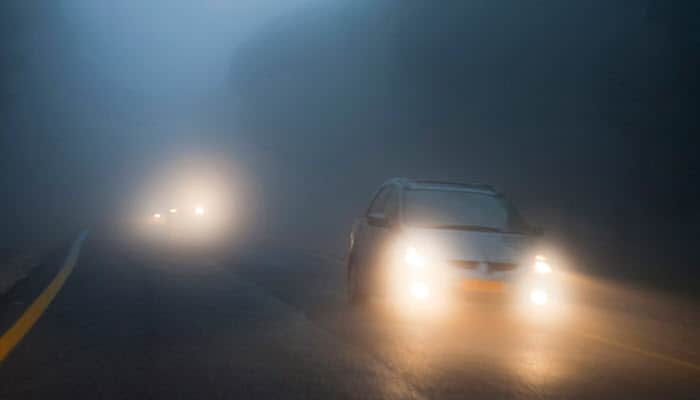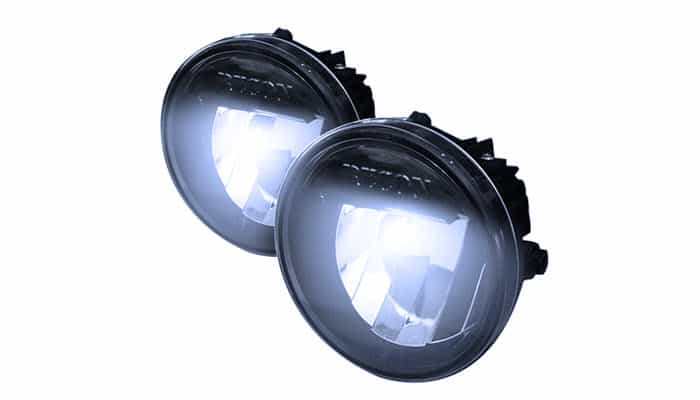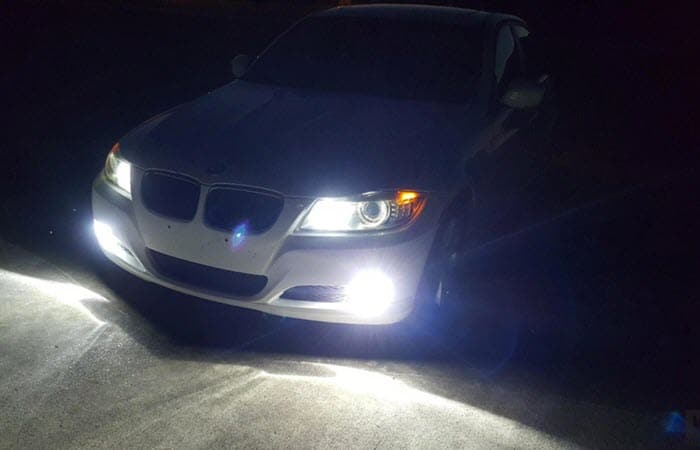Driving in heavy traffic is a hassle. But driving in times of poor weather condition is a bigger headache. Foggy condition, for example, limits road visibility. This makes driving inconvenient and dangerous. The same also goes to mist, snow, sand, dust, and any other tiny substances that obstruct your vision.
While regular headlights are usually enough to illuminate your path during night time, making your way through a dangerously think fog is another challenge on its own. There are instances wherein regular light would simply reflect back the light, creating a glare, into the driver’s direction. To address this specific problem, the industry developed car lights that are apt in different conditions.
Hence, the invention of fog lights.
Functions and Concerns
As the name suggests, fog lights are complementary car lights designed to give you more visibility while driving under poor weather conditions. They are not standard car equipment. In fact, you can drive around many countries without the help of fog lights. But in places where fog and snow are dense, fog lights make your driving safer.
Enhanced visibility (during foggy setting)

Fog lights have a peculiar beam shape compared to your regular headlights. The shape of their beams is mostly wide and flat (creating a strong bar-shaped beam). They are placed low on the car and close to the front bumper and rear tail. Technically, they are designed to cut through the minute water particles in the atmosphere.
This would improve your road visibility. It is of note that low road visibility attracts road accident because you cannot see incoming obstacles – animals, road curves, signs, trees – in time.
Informs other road users of your distance
Because distance is a tricky thing when driving under poor road visibility, rear fog lights function as an indicator of distance between cars following each other. It helps other drivers gauge your actual distance and speed.
Related risks

Because the emitted beam is well-concentrated, it is also strong enough to temporarily “blind” (it dilates your pupil which decreases your ability to see in the dark) other drivers and road users. This is especially the case when it is used without the presence of fog, snow, dust, etcetera. For this reason, some areas prohibit the precarious use of fog lights.
Not a headlight replacement
While fog light should be used together with your regular headlight when road visibility drops, it should not be used as a replacement of headlights. Its beam is not broad enough to illuminate larger and distant paths, and it is concentrated enough to kill.
When to Use Fog Light
 As a rule of thumb, fog lights should be switched on the moment your road visibility drops 100m. For your reference (in case you are not sure when that is), always check if you can still clearly see the rear tail light of the car that in front of you.
As a rule of thumb, fog lights should be switched on the moment your road visibility drops 100m. For your reference (in case you are not sure when that is), always check if you can still clearly see the rear tail light of the car that in front of you.
If it still visible, driving without a fog light is fine. But if you cannot see their light trail, you should consider using your front and rear fog light. This is important so that you would clearly see what is in front of you and those cars following you would rightly gauge your distance.
Some insurance company today would void your claim when they find out that you did not use your fog light under conditions of poor visibility. Having said that, always turn off your fog light whenever the road visibility gets better. You do not want police officers stopping you due to some road violation.
Different Types of Fog Light
For the past years, producers have been releasing different types of fog lights with different feats. The three most popular would be the Halogen fog light, HID fog light, and LED fog light.
Halogen
Probably the most common type of fog light today, this type is usually pre-built in many modern automobiles. They are more accessible and affordable. Its downsides include its shorter life value and its weaker light beam.
HID
This type is a high—intensity discharge (or HID) fog light that uses xenon gas lit by an electrical charge. They last longer due to the absence of filament to burn. They are also relatively efficient and bright compared to halogen types.
LED
This type is more expensive than the other two. What makes it special is its long life span and energy efficiency rating. This means that you do not need to change your fog light device often. LED fog lights can also be altered to emit different beam colors – giving you more options vis-à-vis different weather conditions.
How to Choose Fog Light for Your Car
Longevity
For quite some time, longevity is becoming the name of the game when buying car parts. This is also true when it comes to fog lights. Of the three types of fog lights listed above, some LED models offer a solid 50,000 hours of road lighting. The lifespan of halogen models, on the other hand, is much shorter. This needs to be considered when you choose your next fog light. What are your needs? What are your preferences?
Beam Output
When it comes to fog lights, their brightness is usually measured by lumens and volts. Always check this info to know what you are getting from the product.
Car Compatibility
While some cars do have standard built-in fog lights that you only need to replace from time to time, others will require you to have a mountable fog light. And they are mutually exclusive for most cases. Know what type is compatible with your car.
Summary
It is always important to keep in mind that fog lights are not a replacement for headlights. When not properly used, it can become a road hazard. That is why its usage should always be under constant consideration. Whenever fog dissipates, fog lights should always be turned off to not distract other drivers. Always remember that using your fog light when it is only raining only creates more danger.
Fog lights also come in different types (and feats). Always know your needs before buying one. Car compatibility also needs consideration to avoid buying parts that won’t fit your vehicle.

